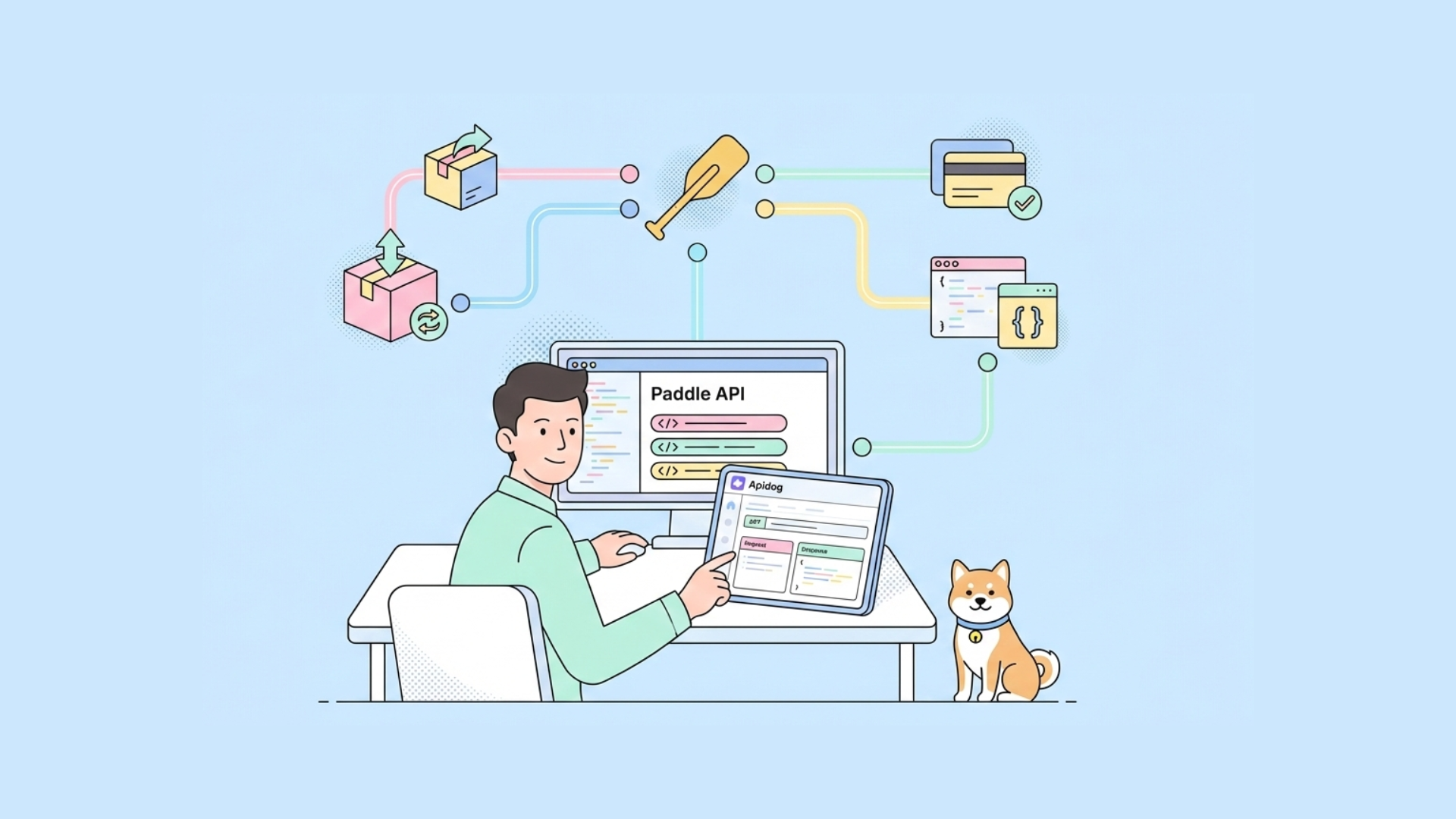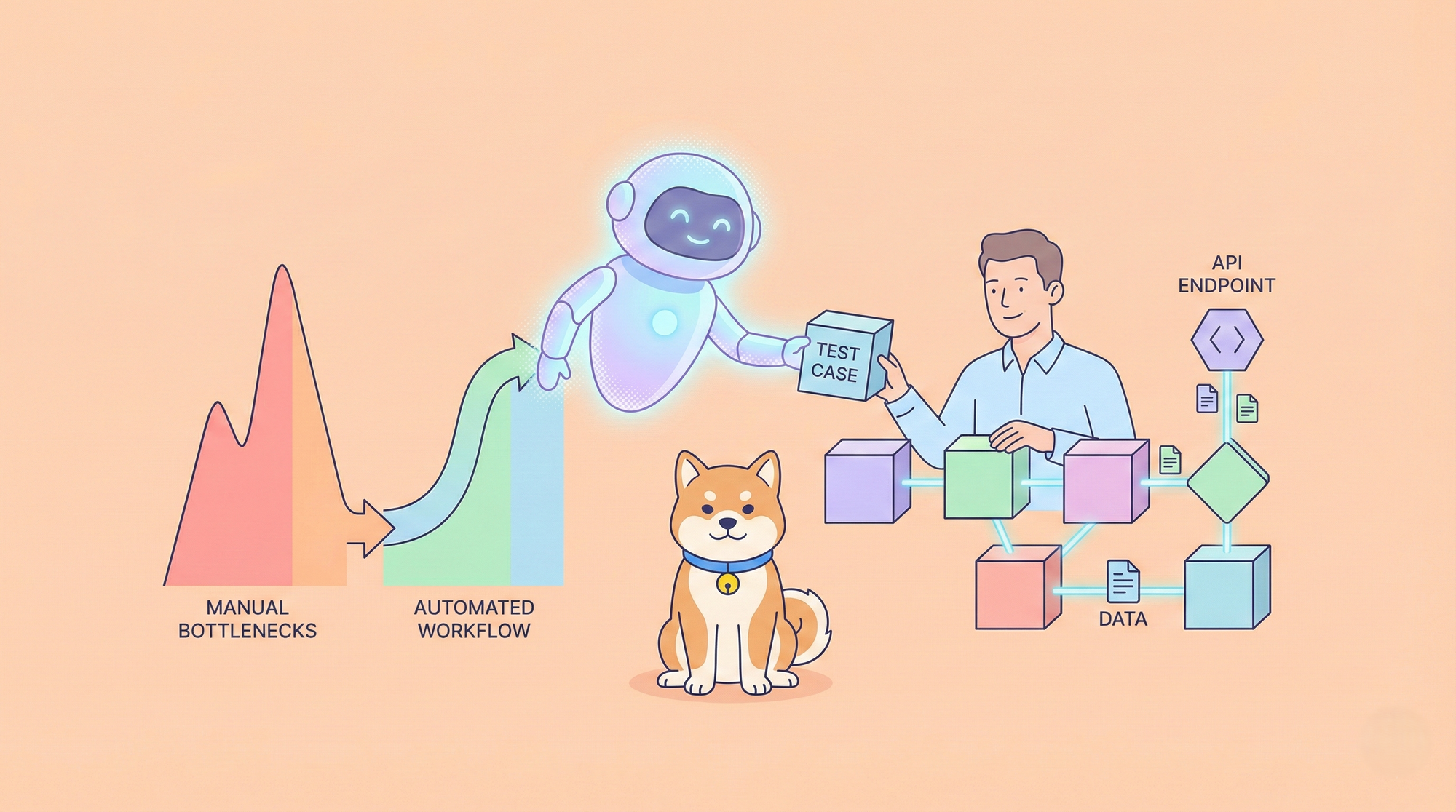You've been working on Postman, right? Fantastic tool for API management, no doubt about it. But then, there's this little hiccup: Postman doesn't offer a straight path to export your documentation to HTML or Markdown. Bummer, I know. But hey, don't worry! There's a workaround, and it involves a tool named Apidog. Now, you might be scratching your head, wondering, "What's Apidog?" Hang tight, because we're about to unpack all of that in simple English, peppered with some friendly idioms and transitional phrases to keep things light and engaging.
Key Aspects of Article
Postman's Limitations in Exporting Documentation Directly to HTML or Markdown.
How Apidog Helps Export Postman Documentation to HTML:
Apidog is The Secret Tool for Converting Postman Documentation into User-Friendly Formats.
Tips and Best Practices:
Ensure your Postman collections are always current and well-organized. Utilize Apidog's features to enhance the export process and actively seek feedback for continuous improvement.
Can Postman Export Documentation to HTML/Markdown?
So, Postman, our beloved API tool, is a bit of a stick in the mud when it comes to exporting documentation directly to HTML or Markdown. It's a bit like having a sports car that doesn't go over 60 mph. You have this powerful tool at your disposal, yet there's a limitation that can be a real thorn in your side, especially if you need to share your API documentation in a more web-friendly format.

Why Export Documentation to HTML/Markdown From Postman?
Now, you might be thinking, "Why do I even need my documentation in HTML or Markdown?" Well, let's paint a picture here. Imagine you've created this amazing API, and you want to share the documentation with your team, stakeholders, or even the public. You want it to be accessible, easy to navigate, and maybe even spiffy-looking. That's where HTML and Markdown come into play. They're like the bridge between your technical work and user-friendly presentation.
How Apidog Solves the Problem
Apidog takes the baton from where Postman drops it. It fills in the gap by providing the functionality to convert your API documentation into a more versatile and shareable format. It's like having a secret ingredient that turns a good recipe into a great one. By using APIdog, you can ensure that your API documentation is not only comprehensive but also presented in a format that's widely accessible and easy to digest.
Step-by-Step Guide
Alright, time to roll up our sleeves and get to the nitty-gritty. Exporting your Postman documentation to HTML using Apidog is a straightforward process. It's like following a recipe; you just need to get the steps right. Here’s a step-by-step guide to walk you through the process:
- Export Your Collection from Postman: First things first, you need to export your collection from Postman. This is like packing your bags before a trip. You'll need to save your collection in a format that Apidog understands.

- Import into Apidog: Next up, import this collection into Apidog. Think of this step as arriving at your destination and unpacking your bags.

2. Conversion Time: Once your collection is comfortably sitting in Apidog, it's time to convert it into HTML or Markdown. This step is akin to turning raw ingredients into a delicious meal.

3. Export and Share: Finally, export the converted file, and voila! You're ready to share your documentation in a more palatable format. This is like plating your dish and presenting it to your guests.
Tips and Best Practices
Always Use the Latest Version of Your Collection:
It's like checking the expiry date on your milk carton. Always make sure your collection is up to date before exporting from Postman. Outdated info? That's a no-go!
Familiarize Yourself with Apidog's Features:
Apidog might have some tricks up its sleeve that you haven't discovered yet. Poke around a bit, and you might just find a feature that turns your documentation from good to great!
Keep Your Documentation Organized:
Treat your documentation like a well-organized closet. Keep it neat and tidy, so anyone who looks at it can find exactly what they need without a hitch.
Test the Export Before Sharing:
Always do a trial run. Export your documentation and give it a quick once-over. It's like tasting your cooking before serving it to guests. You want to make sure it's just right!
Seek Feedback and Continuously Improve:
Don't be shy to ask for feedback on your documentation. It's like asking for directions; it can help you get to where you need to be much faster.
Explore Apidog's Api Empire:

Conclusion
There you have it! Exporting your Postman documentation to HTML or Markdown isn't a direct path, but with a little detour through Apidog, it's achievable. It's like finding a secret passage that leads you to your treasure. Remember, the key is to understand the tools at your disposal and use them effectively. Now, go ahead and make your API documentation as accessible and user-friendly as possible. Happy documenting!
Always Use the Latest Version of Your Collection:
It's like checking the expiry date on your milk carton. Always make sure your collection is up to date before exporting from Postman. Outdated info? That's a no-go!
Familiarize Yourself with Apidog's Features:
Apidog might have some tricks up its sleeve that you haven't discovered yet. Poke around a bit, and you might just find a feature that turns your documentation from good to great!
Keep Your Documentation Organized:
Treat your documentation like a well-organized closet. Keep it neat, so anyone who looks at it can find exactly what they need without a hitch.
Test the Export Before Sharing:
Always do a trial run. Export your documentation and give it a quick once-over. It's like tasting your cooking before serving it to guests. You want to make sure it's just right!
Seek Feedback and Continuously Improve:
Don't be shy to ask for feedback on your documentation. It's like asking for directions; it can help you get to where you need to be much faster.



